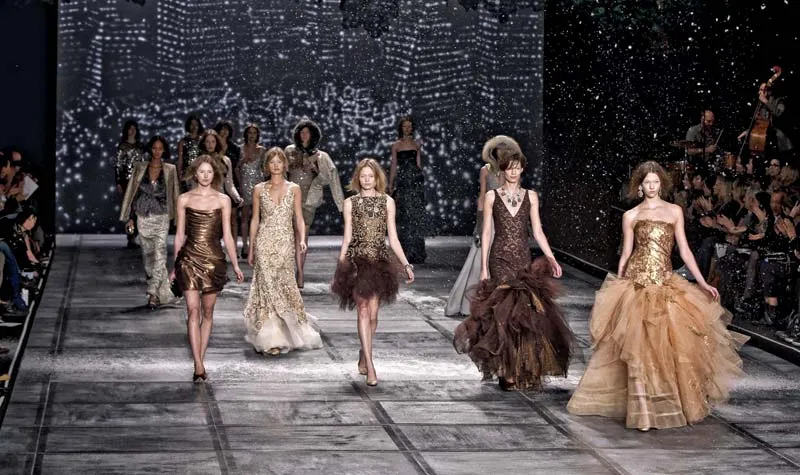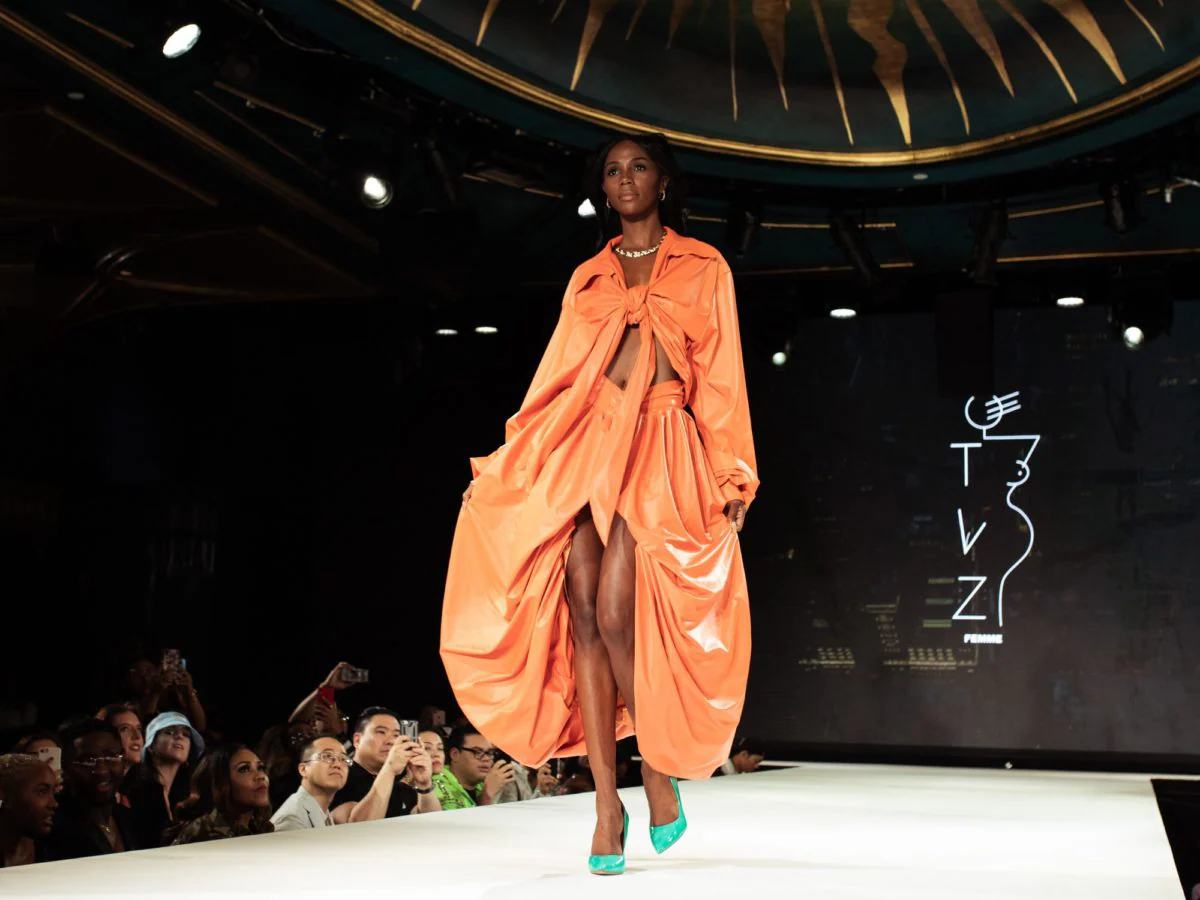The fashion industry’s public relations world has undergone a seismic shift in 2025, driven by digital transformation, evolving consumer behaviors, and unprecedented market challenges. As fashion brands navigate economic uncertainty and changing consumer preferences, traditional PR strategies are being reimagined to meet the demands of a hyper-connected, socially conscious audience.
Fashion PR in 2025 operates within a communication economy shaped by audience saturation, shifting platform dynamics, and intensified expectations around consistency and meaning. The industry faces a particularly tumultuous year, with only 20 percent of fashion leaders expecting improvements in consumer sentiment, while 39 percent anticipate worsening industry conditions. This challenging environment has forced PR professionals to develop more sophisticated, data-driven approaches that prioritize authenticity, personalization, and real-time engagement.
The evolution of fashion PR reflects broader changes in how consumers interact with brands. Today’s audiences expect transparency, speed, and accountability from fashion companies. They engage as participants who decode, respond, and reframe brand messages, requiring PR strategies that allow room for interpretation while maintaining a clear point of view. This shift has transformed PR from a one-way communication channel into a medium of continuous, meaningful exchange between brands and their communities.
Modern fashion PR success hinges on understanding that relevance emerges from cultural precision and editorial restraint, rather than broad-reach messaging. Brands must navigate multiple platforms simultaneously while maintaining message coherence across diverse audience segments and digital formats.
Digital-First PR Strategies Dominate Fashion Communications

The rise of digital media has fundamentally changed how fashion brands communicate with their audiences. Fashion PR agencies are focusing on online magazines, social media engagement, and influencer collaborations to make their mark in an increasingly crowded digital world. This digital-first approach recognizes that consumers spend more time in digital spaces, making features in leading online fashion magazines, blogs, and social media platforms a major priority.
AI-Powered Personalization has become a cornerstone of effective fashion PR in 2025. AI algorithms analyze shopping habits, preferences, and online behavior to deliver tailored recommendations, email campaigns, and product suggestions. This technology enables PR professionals to create hyper-personalized campaigns that speak directly to individual behaviors, preferences, and emotional drivers.
Social Commerce Integration represents another critical evolution in fashion PR strategy. Platforms like Instagram, TikTok, and Pinterest have transformed into shopping hubs, with features like Instagram Shopping, TikTok Shop, and Pinterest’s Buyable Pins allowing users to purchase products directly from their feeds. Fashion brands must leverage social commerce by creating engaging, shoppable content and using live shopping events to drive sales.
Visual storytelling remains paramount in fashion PR, with brands using high-quality photos and videos to tell their brand stories. Platforms like Instagram and Pinterest are ideal for visual storytelling, requiring consistent visual content that aligns with brand aesthetics and messaging. This approach goes beyond simply showing clothes to telling stories about brand identity, values, and lifestyle integration.
The Evolution of Influencer Marketing in Fashion PR

Influencer marketing has matured significantly in 2025, moving beyond simple reach metrics to focus on cultural alignment and authentic partnerships. The logic of influence has evolved, with creators no longer chosen for reach alone but assessed through consistency of voice, relevance of aesthetic, and relationship to specific communities.
Micro and Nano Influencer Focus represents a major shift in fashion PR strategy. These influencers have smaller but highly engaged audiences, offering more authenticity and trust than mega-influencers. Brands are prioritizing long-term partnerships over one-time collaborations to build deeper connections with their audiences, recognizing that trust circulates through repetition and sustained alignment.
The rise of user-generated content has become integral to fashion PR strategies. When regular consumers post about brands by sharing outfits, tagging brands, or writing reviews, this content helps build trust and makes brands feel like part of a real community. Brands encourage UGC through hashtags, reposting customer content, and featuring fans in main campaigns, making people feel seen and included in the brand narrative.
Authentic Storytelling has become crucial as consumers prefer authentic and relatable stories that reflect brand values over traditional advertising approaches. Unlike traditional ads, influencer content feels more real and relatable, with the power to shape trends and guide purchasing decisions. This authenticity requirement has forced fashion brands to develop more genuine partnerships with creators who can translate brand meaning across social rhythms without distortion.
Crisis Management and Real-Time Response Strategies

Social media has become the frontline of modern crisis management in fashion PR. In 2025, a single tweet can escalate into a global brand crisis in minutes, making rapid response capabilities essential for fashion brands. Today’s audiences expect transparency, speed, and accountability, with waiting hours to respond feeling like silence, and silence being risky.
Real-time monitoring Systems have become essential tools for fashion PR professionals. Using platforms like Brandwatch, Sprout Social, or Meltwater, brands can monitor mentions, sentiment, and emerging issues in real-time. Brands using live social listening tools are 43% faster in issuing public statements, providing a crucial competitive advantage during crisis situations.
The anatomy of effective social media crisis response includes four key phases: listening and acknowledging through real-time monitoring, responding fast but thoughtfully, taking ownership and providing solutions, and rebuilding trust through consistent follow-up actions. Fashion brands must avoid legalese or templated PR jargon, as the public wants to hear honesty and ownership.
Proactive Reputation Management has become increasingly important as fashion brands face scrutiny over sustainability practices, labor conditions, and social responsibility. Brands must prepare for potential crises by developing comprehensive response strategies that address common industry concerns while maintaining authentic brand voice and values.
Building Lasting Media Relationships and Brand Narratives
Strong media relations remain fundamental to effective fashion PR, requiring PR professionals to build and maintain relationships with fashion journalists, influencers, and editors. However, the approach has evolved significantly, with nearly half of all journalists receiving 10+ media pitches daily, requiring PR professionals to create tailored pitches that reflect a deep understanding of each journalist’s beat and audience.
Personalized Media Outreach has become essential for cutting through the noise. PR professionals must segment their approach using AI and predictive analytics to create highly targeted, personalized campaigns based on behaviors, affinities, and real-time trends. This includes localizing and tailoring messaging for regional, cultural, or industry-specific relevance, making messages feel locally relevant and personally meaningful.
Event Strategy Evolution continues to play a crucial role in fashion PR, with brands organizing fashion shows, pop-up shops, and exclusive launch parties to generate publicity. However, these events must be unique and memorable, often featuring unusual locations or innovative formats to generate significant media coverage and social media buzz.
The creation of engaging brand stories remains at the core of successful PR campaigns. Fashion brands must tell stories that resonate with target audiences and connect them emotionally to the brand. This includes sharing founding stories, vision statements, design inspiration, and unique brand differentiators, particularly emphasizing sustainability and social impact initiatives that align with consumer values.

